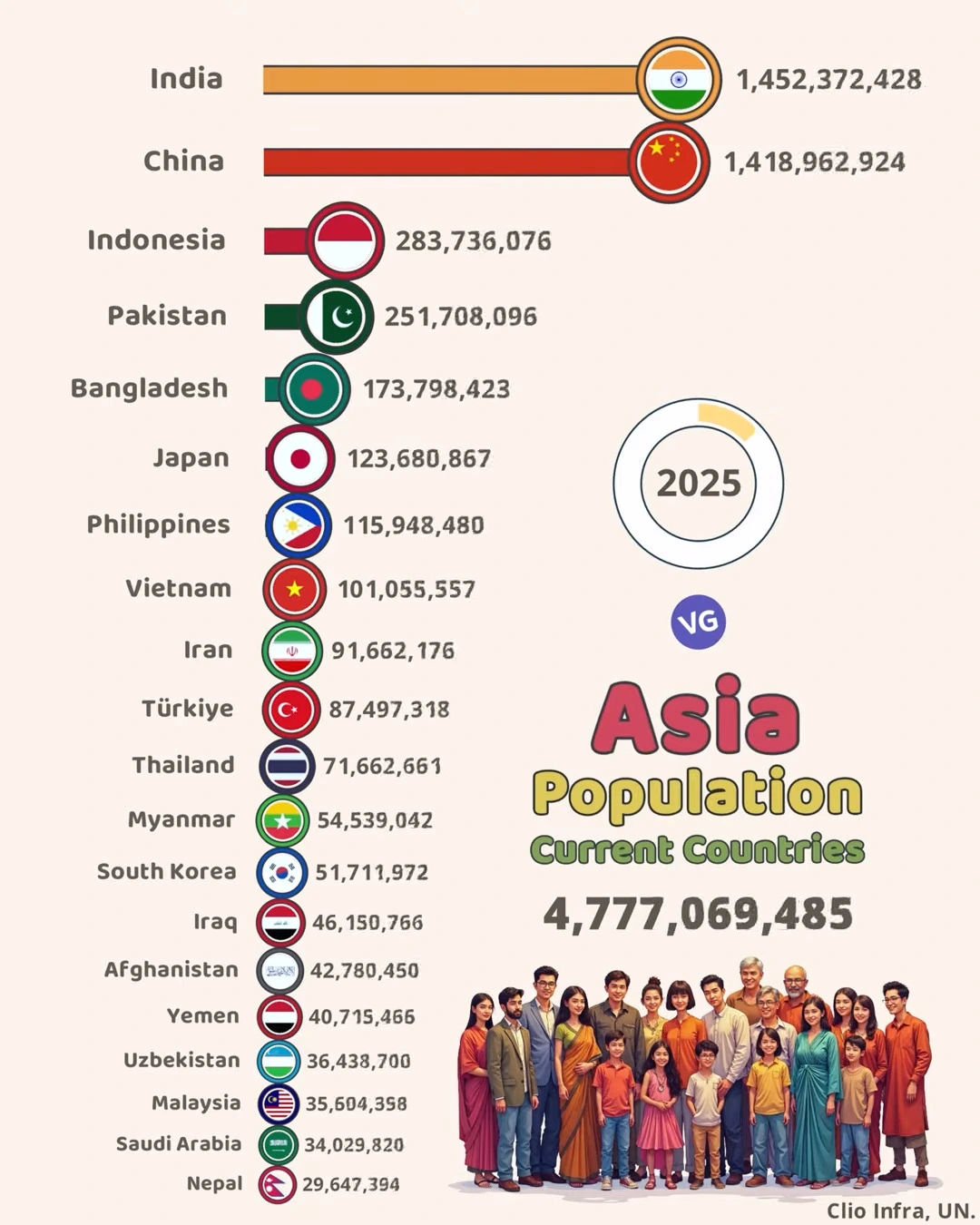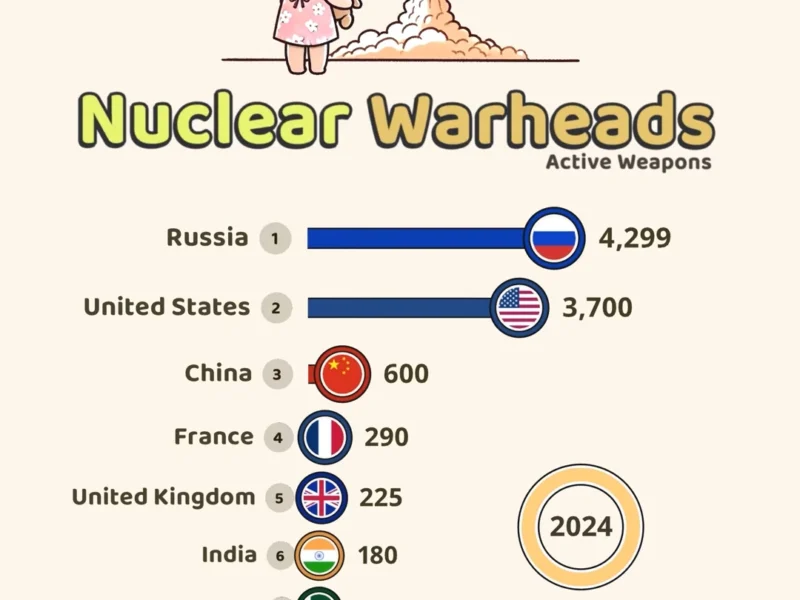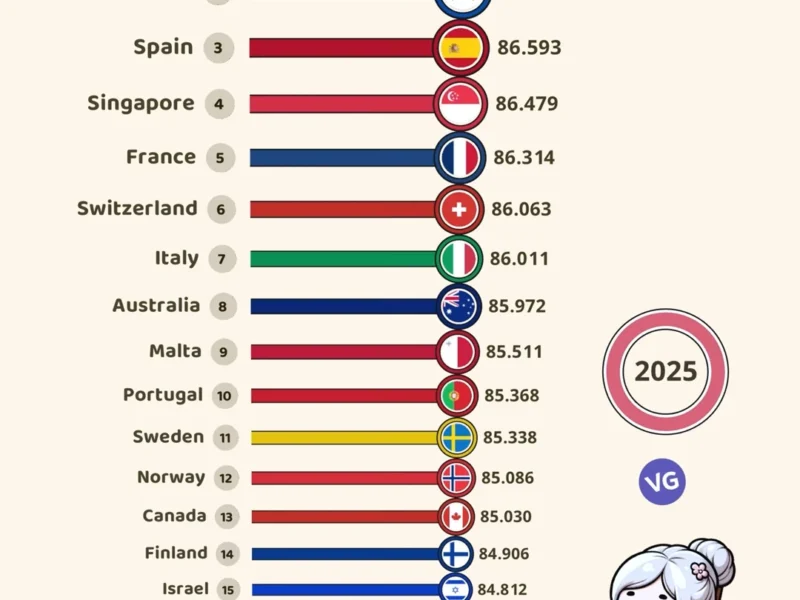The Twin Giants: India and China
In 2025, Asia continues to be home to an extraordinary concentration of the world’s population, with the latest data revealing a staggering total of 4.77 billion people across its major nations. This demographic landscape tells a fascinating story of humanity’s distribution across the continent’s diverse territories.
Top 20 Most Populous Countries in Asia (2025)
| Rank | Country | Population |
|---|---|---|
| 1 | 🇮🇳 India | 1,452,372,428 |
| 2 | 🇨🇳 China | 1,418,962,924 |
| 3 | 🇮🇩 Indonesia | 283,736,076 |
| 4 | 🇵🇰 Pakistan | 251,708,096 |
| 5 | 🇧🇩 Bangladesh | 173,798,423 |
| 6 | 🇯🇵 Japan | 123,680,867 |
| 7 | 🇵🇭 Philippines | 115,948,480 |
| 8 | 🇻🇳 Vietnam | 101,055,557 |
| 9 | 🇮🇷 Iran | 91,662,176 |
| 10 | 🇹🇷 Türkiye | 87,497,318 |
| 11 | 🇹🇭 Thailand | 71,662,661 |
| 12 | 🇲🇲 Myanmar | 54,539,042 |
| 13 | 🇰🇷 South Korea | 51,711,972 |
| 14 | 🇮🇶 Iraq | 46,150,766 |
| 15 | 🇦🇫 Afghanistan | 42,780,450 |
| 16 | 🇾🇪 Yemen | 40,715,466 |
| 17 | 🇺🇿 Uzbekistan | 36,438,700 |
| 18 | 🇲🇾 Malaysia | 35,604,358 |
| 19 | 🇸🇦 Saudi Arabia | 34,029,820 |
| 20 | 🇳🇵 Nepal | 29,647,394 |
At the pinnacle of this demographic pyramid stand two global giants: India and China, each hosting populations of nearly 1.4 billion people. India leads with 1.45 billion citizens, while China follows closely with 1.42 billion. Together, these two nations account for approximately 60% of Asia’s total population, highlighting the remarkable concentration of humanity in these ancient civilizations.
The Emerging Powers of Southeast Asia
The second tier of Asian populations presents an interesting cluster of Southeast and South Asian nations. Indonesia emerges as the third most populous country with 283.7 million people, followed by Pakistan with 251.7 million. Bangladesh rounds out the top five with 173.8 million inhabitants. These three nations together represent another significant portion of Asia’s population, showcasing the demographic weight of the South and Southeast Asian regions.
Advanced Economies and Regional Powers
Japan, despite being one of Asia’s most technologically advanced economies, sits at sixth place with 123.7 million people. This is followed closely by the Philippines with 115.9 million and Vietnam with 101 million residents. These numbers reflect the diverse nature of Asia’s population distribution, where economic development doesn’t necessarily correlate with population size.
The Middle Tier Nations
The middle range of Asian populations includes several significant regional powers. Iran hosts 91.6 million people, while Türkiye accounts for 87.5 million. Thailand, often considered a medium-sized nation in Asian terms, has 71.6 million inhabitants. These countries play crucial roles in their respective regions despite not matching the population scales of the continental giants.
Emerging Populations and Future Growth
The data also highlights several emerging populations that often receive less global attention. Myanmar’s 54.5 million and South Korea’s 51.7 million people represent significant populations that contribute to Asia’s demographic diversity. Iraq and Afghanistan, with 46.1 million and 42.7 million respectively, demonstrate the substantial populations in West Asia.
Looking at the lower end of the top 20, we find Yemen (40.7 million), Uzbekistan (36.4 million), Malaysia (35.5 million), Saudi Arabia (34 million), and Nepal (29.6 million). While these numbers might seem modest in Asian terms, they would rank among the larger populations in other continents.
Implications for the Future
This demographic landscape has profound implications for global resources, economic development, and environmental sustainability. The concentration of such large populations in Asia presents both challenges and opportunities. These nations must balance economic growth with environmental protection, urban development with resource conservation, and population needs with sustainable practices.
As we move further into the 21st century, understanding these population distributions becomes crucial for global planning and development. Asia’s demographic weight means that solutions to global challenges – from climate change to economic development – must take into account the needs and potential of these populous nations. The continent’s demographic future will undoubtedly play a pivotal role in shaping the global future we all share.



